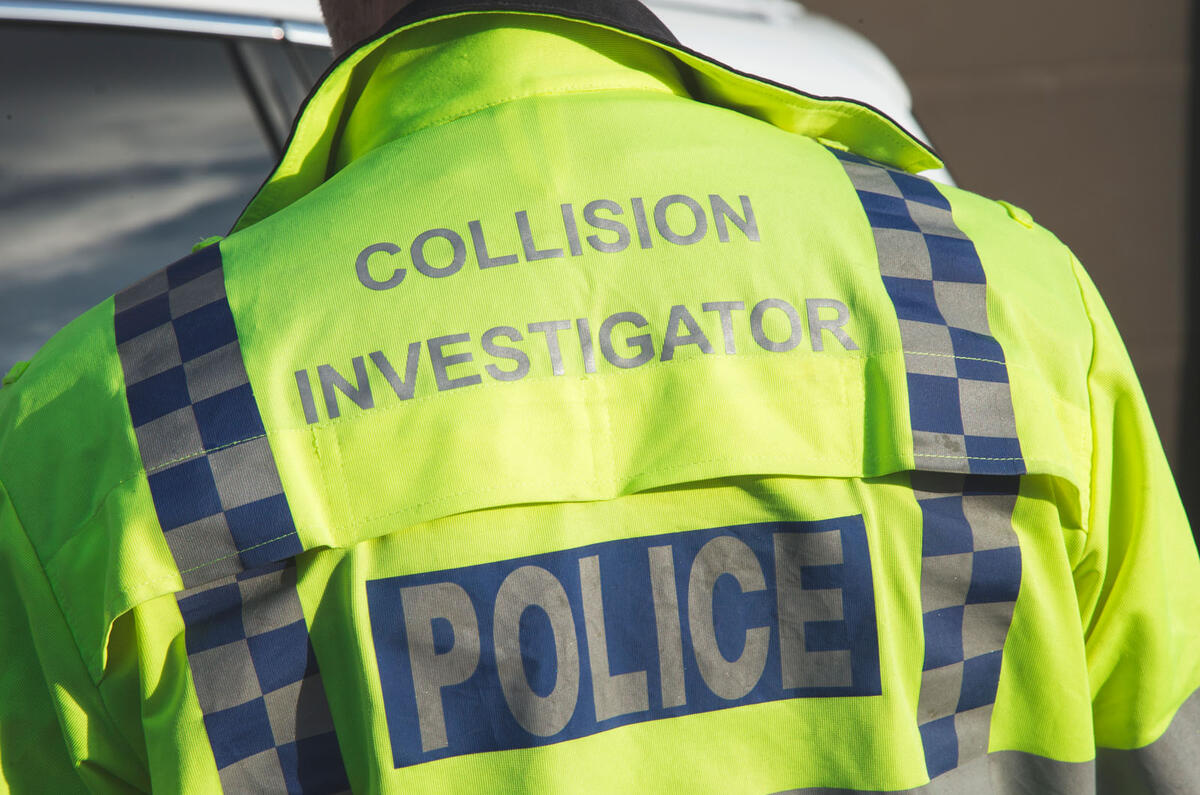Pedestrians hit by SUVs and pick-ups are significantly more likely to be killed than those hit by lower-riding hatchbacks and saloons, according to a new study.
Conducted by Imperial College London and the London School of Hygiene and Tropical Medicine, the review compared data from collisions involving SUVs and ‘light trucks’ (pick-ups and small vans) with those involving saloons and hatchbacks.
Its analysis of 682,509 collisions found that the risk of an adult pedestrian dying in a collision is 44% higher when they are hit by an SUV or light truck compared with a regular passenger car. For a child aged 0-9, that risk increases to 130% higher.
The study estimates that 17% of adult pedestrian and cyclist fatalities could be avoided if drivers swapped their SUVs for lower-riding cars instead. That translates to 620 lives per year, it said.
However, it should be noted that the study primarily focuses on collisions in the US, where vehicles are typically larger and heavier than in Europe. Four-fifths of the study’s comparisons between crashes involving SUVs and regular passenger cars were from America.
European data is also influenced by the lower proportion of SUVs driven, compared with the US. As such, the study estimates that 8% of adult pedestrian and cyclist fatalities in Europe could be avoided by switching to traditional passenger cars.
Despite the findings, the report cautions against a blanket ban on ‘SUVs’, noting there is no universally accepted or legal definition of what constitutes an SUV.
It instead urges action against the biggest risk factor: the high beltlines and blunt front ends that are typical of SUVs and pick-ups.
“The key mechanism underlying this increased risk appears to be the taller and blunter profile of the front end of SUVs and [light trucks],” the study states.
“This means that the victim is initially struck higher up on their body (eg, the pelvis not the legs for an adult, or the thorax not the pelvis for a child).
“It further means that the victim is more likely to be thrown forward into the road, rather than carried on the vehicle’s hood [bonnet].
“These and other crash dynamics are associated with a higher proportion of upper body injuries (including to the head, thorax and abdomen) and with a more serious injury profile.”
Indeed, according to a 2024 study published in journal Economics of Transportation, a 10cm increase in a car's front-end height increases the risk of pedestrian fatality by 22%.







Join the debate
Add your comment
Maybe cyclists need to learn the rules of the road?
Well done, good, insightful comment, go you.
The study estimates that 17% of adult pedestrian and cyclist fatalities could be avoided if drivers swapped their SUVs for lower-riding cars instead.
We can all make stats out to be whatever we want them to be. No reason whatsoever to doubt this study, however I'd question the motive behind it.
What about this... In my high riding SUV, I have a better view of my surrounding, which I'm making a reasonable assumption, means less accidents in the first place.
I'll make another reasonable assumption. The relative number of people killed travelling in SUV's is less than the number of people killed in lower riding cars.
And what about pedestrians being able to see an oncoming SUV better than they can a lower riding car?
Come on, if you get hit by a curved wedge like structure at speed, then it's less likely to cause death than being hit by a vertical wall-like structure. We don't need a university study to tell us this, so why the need for this study? What's the motive behind it? Who's paying for it? That's what I'd like to know.
Spot the SUV driver.
Nobody mentions how fatalities occur on the first place, there are people etc who cross roads where your supposed to or at a safe place a place where you can see the Traffic and they can see you, how many times have we seen pedestrians not looking and just crossing? or the parents who don't hold there child's hand when crossing?, ok, I know it's about vehicle safety design,but, some pedestrians just dont care they expect you to stop in time in all weathers, these are areas that I think haven't improved.
Yes, it is about vehicle safety design, the rest of your comment is about a completely different issue. Given all else is equal, the point is that if/when a collision occurs between a vulnerable road user and a car, that car being an SUV makes the situation worse.